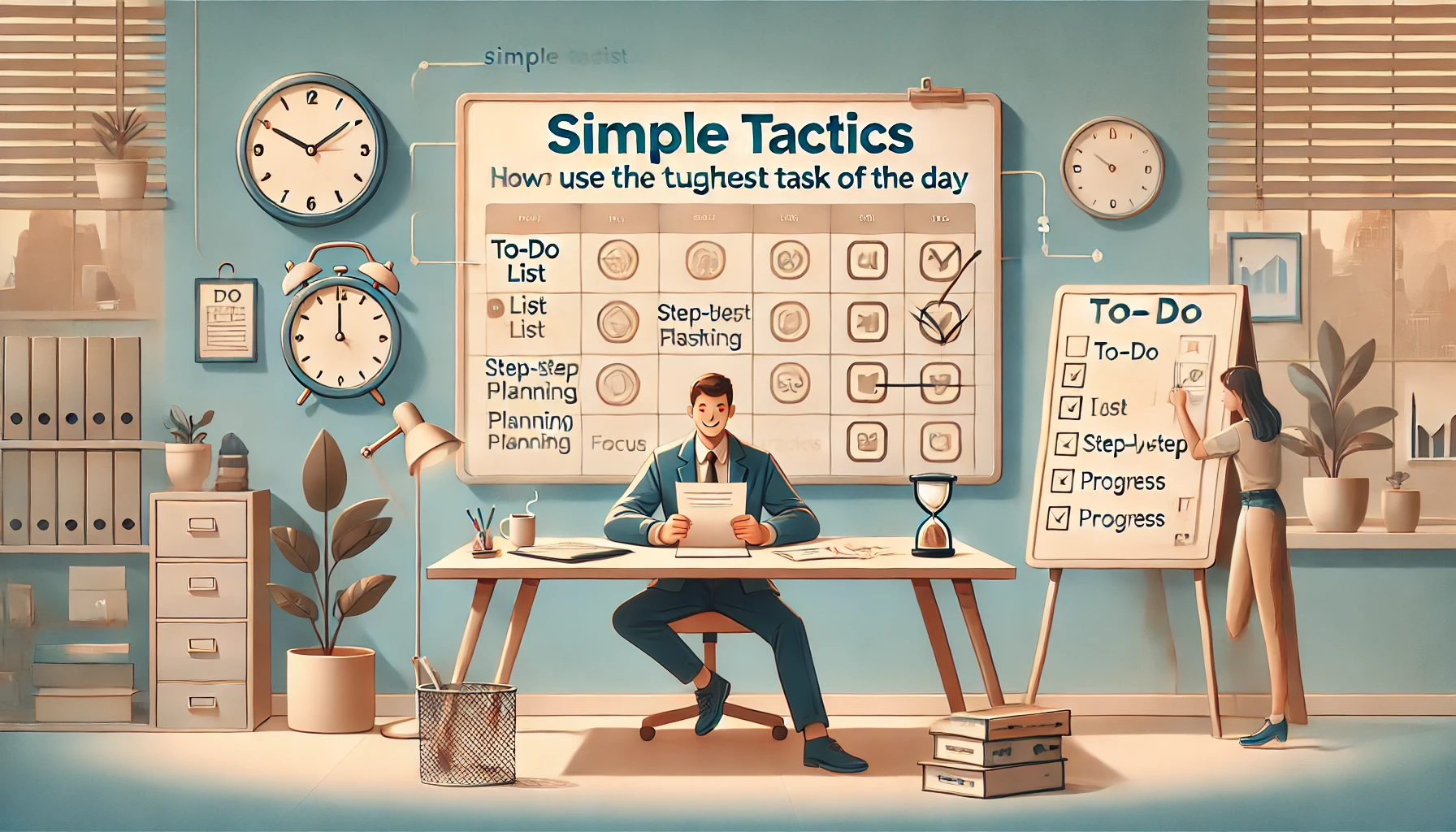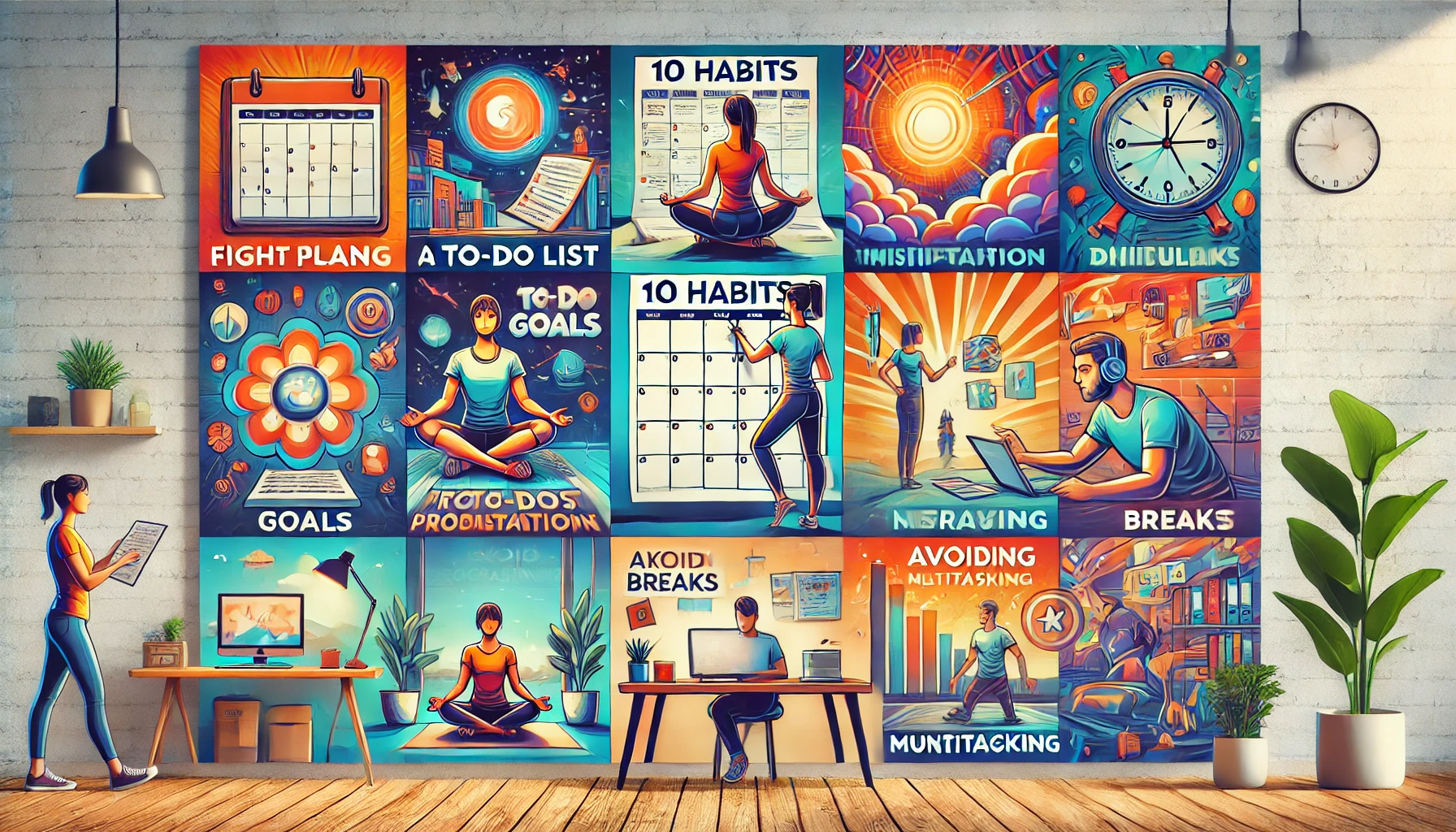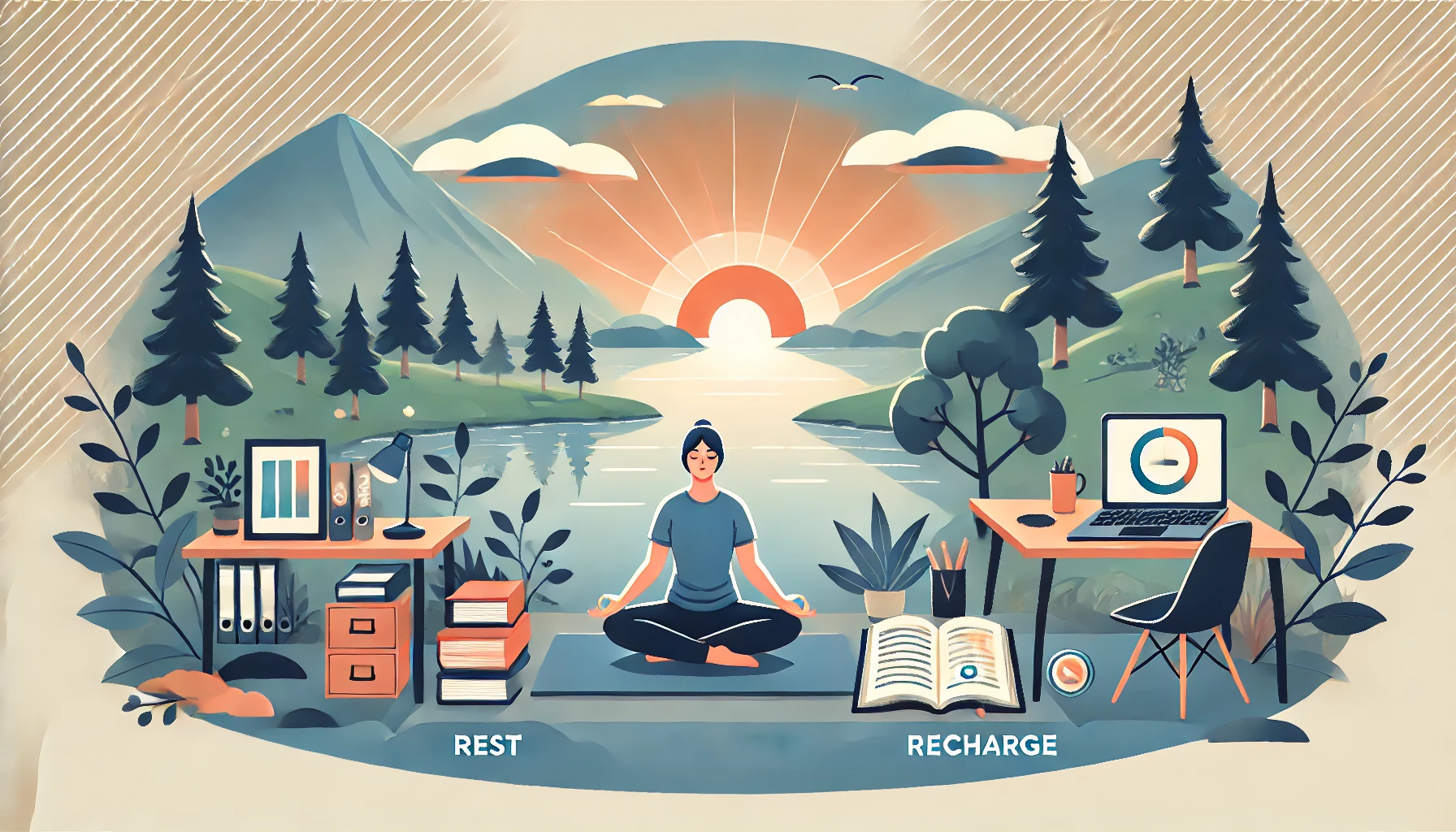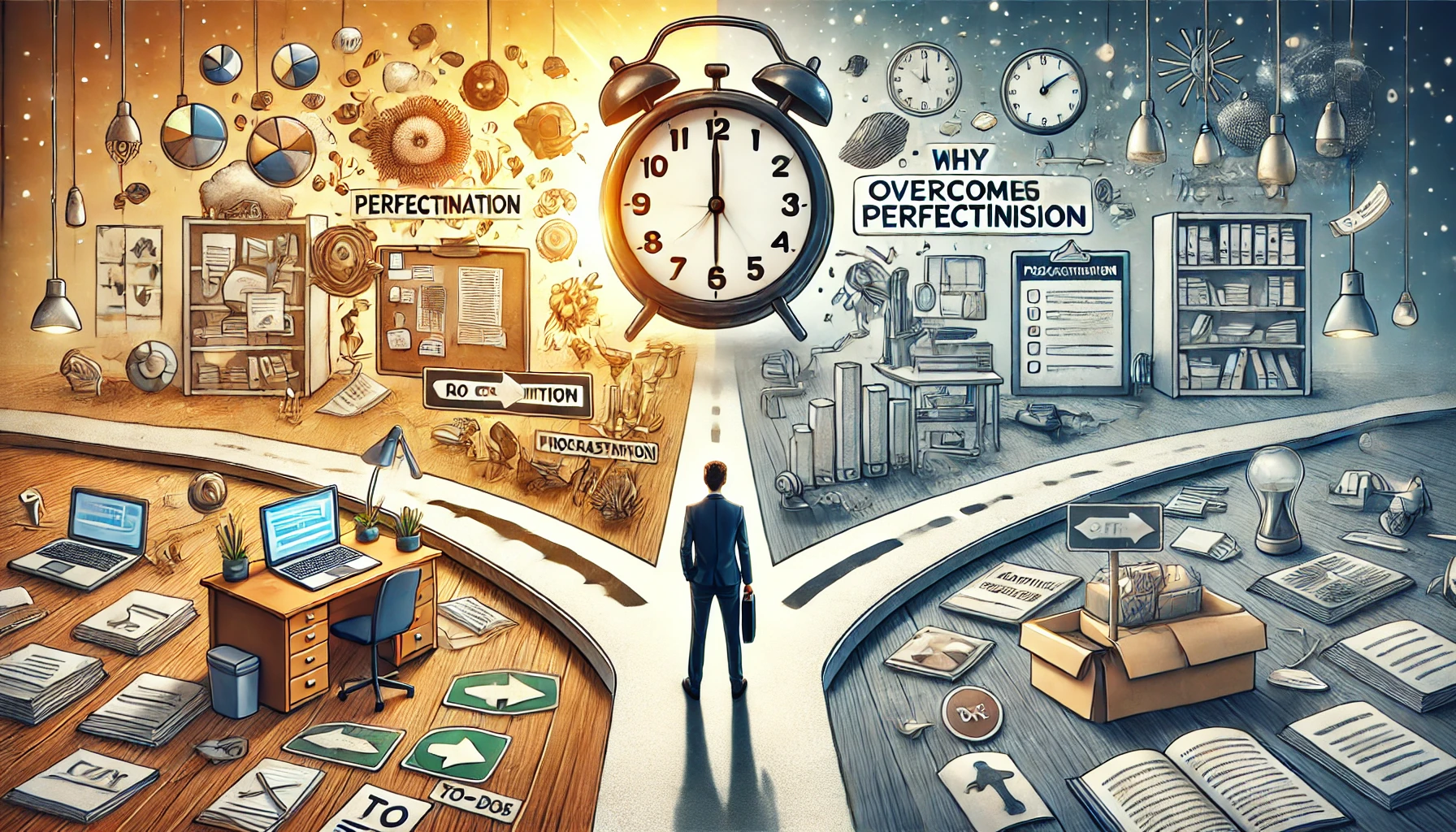Have you ever noticed that unfinished tasks linger in your mind, making it hard to focus on anything else? This psychological phenomenon, known as the Zeigarnik Effect, explains why starting a task—even just a little—makes it easier to finish.
Instead of waiting for motivation or struggling with procrastination, you can use the Zeigarnik Effect to trick your brain into taking action, staying engaged, and completing challenging projects.
This article explores what the Zeigarnik Effect is, why it happens, and how you can use it to overcome procrastination and start even the most difficult tasks.
What Is the Zeigarnik Effect?
The Zeigarnik Effect is a psychological principle discovered by Bluma Zeigarnik, a Soviet psychologist, in the 1920s. She observed that people tend to remember unfinished tasks better than completed ones.
In her study, she noticed that waiters in restaurants could perfectly recall unpaid orders, but once the bill was settled, they forgot the details. This led to the discovery that the brain keeps unresolved tasks active in memory until they are completed.
✅ Key Idea: Starting a task—even briefly—creates mental tension, making it harder to forget and easier to return to later.
How the Zeigarnik Effect Helps You Start and Finish Tasks
Procrastination often happens because starting feels overwhelming. But according to the Zeigarnik Effect, once you begin, your brain feels compelled to finish.
| Why We Avoid Tasks | How the Zeigarnik Effect Helps |
|---|---|
| Task feels too big or complicated | Breaking it into small steps creates momentum |
| Fear of failure or imperfection | Starting reduces anxiety and builds confidence |
| No immediate deadline | The brain holds onto unfinished work, keeping you engaged |
By simply taking the first small step, you create mental tension that pushes you to continue, making completion more likely.
How to Use the Zeigarnik Effect to Start Difficult Tasks
1. Use the “Just Start” Strategy
When a task feels overwhelming, the hardest part is beginning. The Zeigarnik Effect makes starting easier by reducing mental resistance once you take action.
✅ How to Apply It:
- Instead of saying, “I need to write a report,” say, “I’ll just write the first sentence.”
- Instead of planning an entire workout, commit to just 5 minutes of exercise.
- If cleaning feels like too much, start by clearing one small area.
📌 Why It Works: Once you start, your brain feels the need to continue, making it easier to follow through.
2. Break Big Tasks into Smaller, Unfinished Parts
Instead of trying to finish a task in one sitting, intentionally leave it unfinished so your brain stays engaged.
✅ How to Apply It:
- If you’re writing an article, stop mid-sentence so your mind naturally wants to complete it later.
- If you’re learning something new, pause right before an exciting part so your curiosity pulls you back.
- When tackling a big project, work in short, incomplete sessions to maintain interest.
📌 Why It Works: Unfinished tasks linger in your memory, keeping you motivated to return and finish them.
3. Use a “Progress Placeholder” for Easy Restarts
Many people avoid tasks because they don’t know where to start. Leaving a progress placeholder ensures that when you return, you know exactly what to do next.
✅ How to Apply It:
- End work sessions with a note about the next step.
- Leave open projects visible (a half-read book on your desk, an unfinished draft on your screen).
- Stop at an easy point (e.g., if writing, leave a sentence unfinished).
📌 Why It Works: When you leave a clear starting point, it’s easier to jump back in, reducing procrastination.
4. Create “Open Loops” to Stay Engaged
Your brain loves unfinished stories and unanswered questions. The Zeigarnik Effect keeps curiosity active, making you more likely to complete a task.
✅ How to Apply It:
- Ask yourself an open-ended question before a break (“How can I improve this?”).
- Leave a key step undone, so your mind keeps working on it subconsciously.
- Use cliffhangers—stop at an interesting part to maintain excitement.
📌 Why It Works: Your mind dislikes unresolved problems, keeping you motivated to return and complete them.
5. Use Timed Work Sessions for Unfinished Progress
Instead of trying to finish everything in one go, use short, timed work sessions to create productive mental tension.
✅ How to Apply It:
- Work for 25 minutes, then stop before finishing (Pomodoro Technique).
- Set a timer for small progress instead of worrying about the full task.
- Use countdowns (“I’ll work on this for just 10 minutes”) to get started.
📌 Why It Works: The unfinished work remains active in your brain, making it easier to continue later.
How the Zeigarnik Effect Helps with Learning and Memory
The Zeigarnik Effect isn’t just useful for productivity—it’s also a powerful tool for learning and retention.
✅ Best Ways to Apply It for Learning:
- Pause mid-chapter when reading, so your brain actively thinks about what comes next.
- Study in incomplete bursts, leaving questions unanswered to trigger curiosity.
- Take breaks before completing a lesson, so the material sticks better in memory.
📌 Why It Works: Unfinished learning keeps your brain engaged, improving retention and understanding.
Common Mistakes That Reduce the Power of the Zeigarnik Effect
🚫 Trying to Finish Everything at Once – Overworking causes mental exhaustion, making it harder to return. Instead, stop at a strategic point.
🚫 Avoiding Unfinished Work for Too Long – If you wait too long, the urgency fades. Return to tasks regularly to maintain mental engagement.
🚫 Not Leaving Clear Progress Markers – If you stop without leaving notes or an obvious next step, you might struggle to restart.
Final Thought: Use the Zeigarnik Effect to Take Control of Procrastination
Procrastination thrives on avoidance, but the Zeigarnik Effect shows that starting—even in small steps—makes it easier to finish.
By applying simple techniques like leaving tasks unfinished, breaking work into smaller parts, and creating open loops, you can:
✅ Overcome procrastination and take action faster.
✅ Stay engaged with your work instead of feeling stuck.
✅ Turn unfinished tasks into a source of motivation.
Don’t wait for motivation—just start. Your brain will take care of the rest.












Leave a Reply